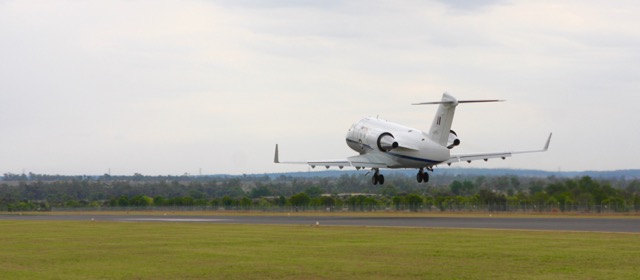
Posts about stuff relating to airports

Beyond the Snarge: Reporting more than just strikes
This website has been pretty quiet for a long time. And while I would love to say that it is because I’ve been working hard on my PhD research project, it has been more about me just working hard at my day job (which, to be fair, is pretty exciting and challenging). But it feels great to share that I’ve made a little progress of late with the formal publication of my project’s literature review - A Review of Wildlife Strike Reporting in Aviation: Systems, Uses and Standards.
Header image - ChatGPT

Hidden within the Data: Wildlife Strike Costs in Australia
From time to time, I like to write about wildlife-strike-related research. In my wrap-up of last September’s AAWHG Forum, I hinted at a presentation I delivered on wildlife strike costs in Australia and promised that more details were coming soon. Well, today is soon! A couple of nights ago, my first ever peer-reviewed academic journal article was published*, and it has the very scientific-sounding title of “Estimating the Cost of Wildlife Strikes in Australian Aviation Using Random Forest Modeling.”

Critical Review of (what was) Bird Strike Bot
Please note that Twitter killed the bot and then I deleted the account.
While in yesterday’s introduction of the Bird Strike Bot, I was proud of the work I undertook, with the help of ChatGPT, to build and deploy a Twitter bot, I still think it is worth taking a critical look at its first couple of weeks to see how well it is performing.
Short answer: 😐
Header image: Pavel Danilyuk (via Pexels)

Introducing (and then farewelling) 🦅✈️🤖
Much of my excitement associated with ChatGPT came from my early experimentation and the “success” of our first actual project. I’ve posted a few times now about Python programming, and in December, it helped me take it to a new level.
‘Cause, we built a bot. And then Twitter killed it and then I deleted its account.
Header image: Tara Winstead (via Pexels)

Collaboration is Key: Revising ICAO's IBIS Manual
I have just spent a week in Washington DC working with an amazing team on a revision of the ICAO Birdstrike Information System (IBIS) manual. This document outlines how States (countries) should send wildlife strike data to ICAO but at thirty years old, you can appreciate how out of date its guidance is.
Header image - me

Hashtag AAWHG 2022 Forum
Now that I’ve had a week to come down from an enormous couple of days at the Australian Aviation Wildlife Hazard Group’s (AAWHG) 2022 Forum, I thought I would share some of my highlights . The AAWHG Forum is the biennial migration of all manner of wildlife hazard management practitioners, researchers, consultants and stakeholders into a select location to discuss, present and chat about anything that relates to the intersection of aircraft and wildlife. But I haven’t the time to give you all a play by play. Instead, I’d like to share some of my bigger “take aways” and one big criticism.
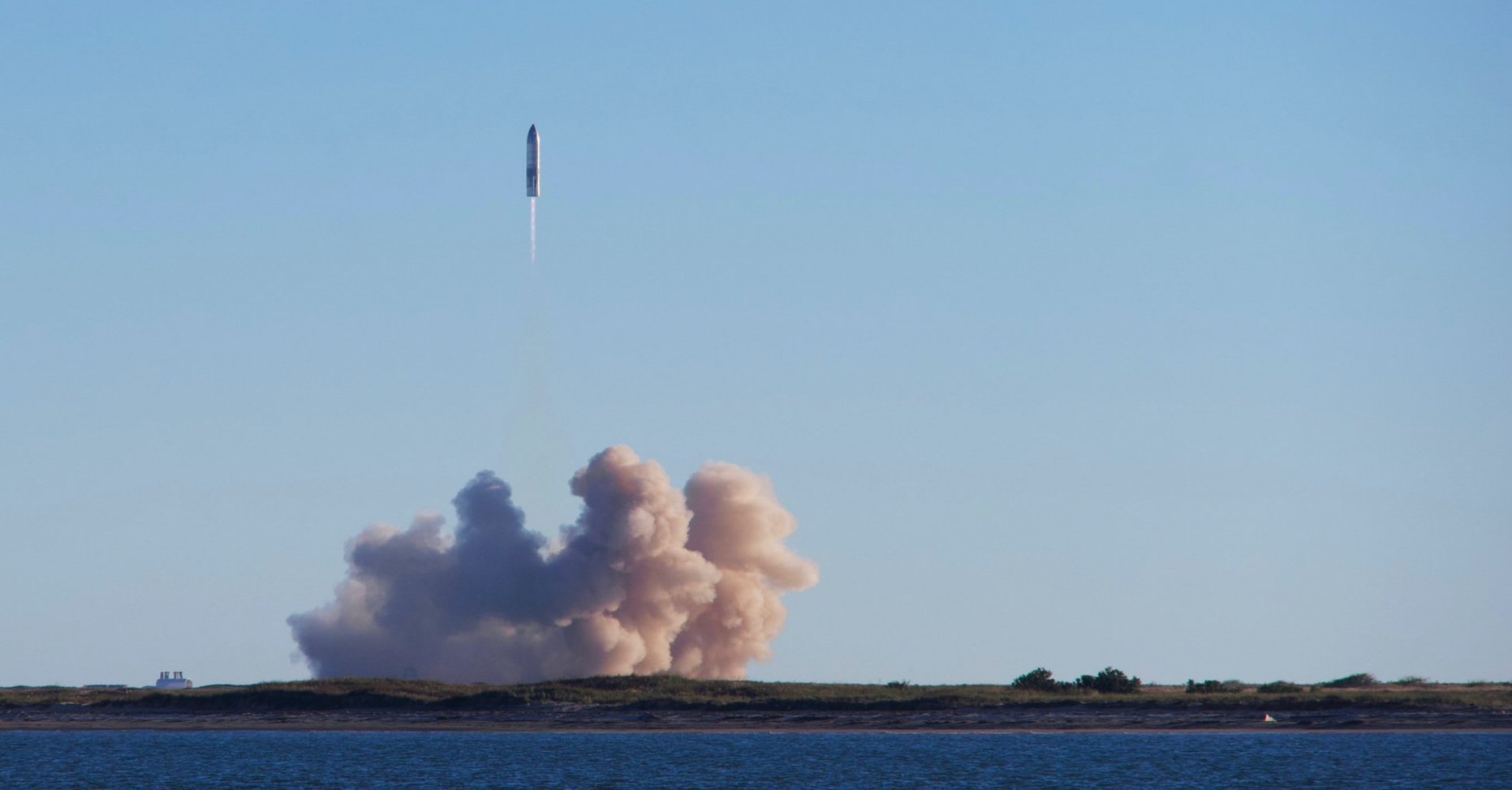
Phase 1 is a Go! Calling all WHM Experts
Apologies for the blog being a little quiet and a little one side of late but I have been working pretty hard behind the scenes to get my PhD up to this point. And now, I can say that we are a go.
Header image: Forest Katsch (via Pexels)
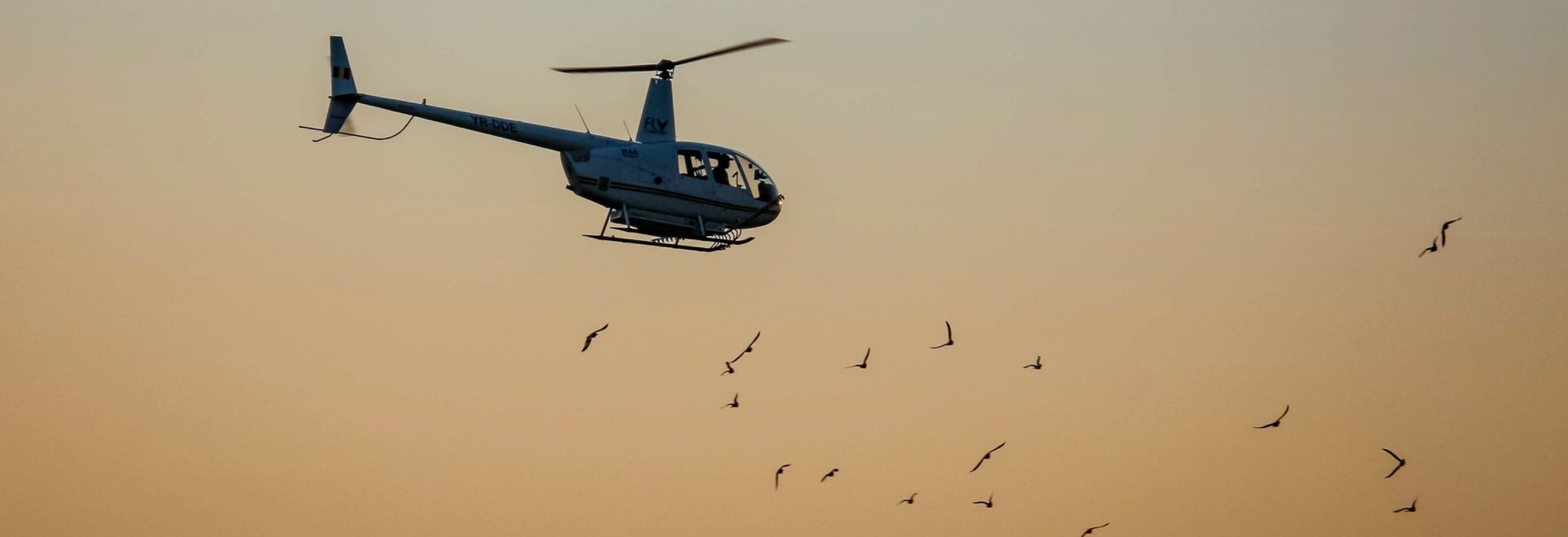
PhD Milestone Achieved...sort of
Just a quick update to say that my University is happy with my proposed research project and has confirmed that it is, or at least will be if all goes according to plan, sufficient for the granting of a PhD. So, I have been granted a provisional confirmation with the next step being human ethics approval.
Header image: Adrian Frentescu (via Pexels)


Non-Strike Wildlife Events: Just as Important as a Strike?
Eagle-eyed* readers may have noticed the new menu item at the top. This new page outlines my PhD research project which is looking into wildlife strike reporting practices and standards. By pure coincidence, a couple of my favourite Youtube channels have just featured wildlife-related aviation events that did not involve collisions with birds. These types of events go to heart of my motivation for taking on my particular research question.
Header image: Janiere Fernandez (via Pexels)

Expanding Safety Performance Indicators for Wildlife Hazard Management
Recently, I was invited to speak “at” an airport safety conference on the topic of birds and habitat management. The presentation I delivered was an extension of a previous article I wrote about safety performance indicators with a twist towards wildlife hazard management in particular. The conference organisers have now shared the videos of their program for free but I’ve got the bit with me included here.
Image credit: Christina Morillo (via Pexels)
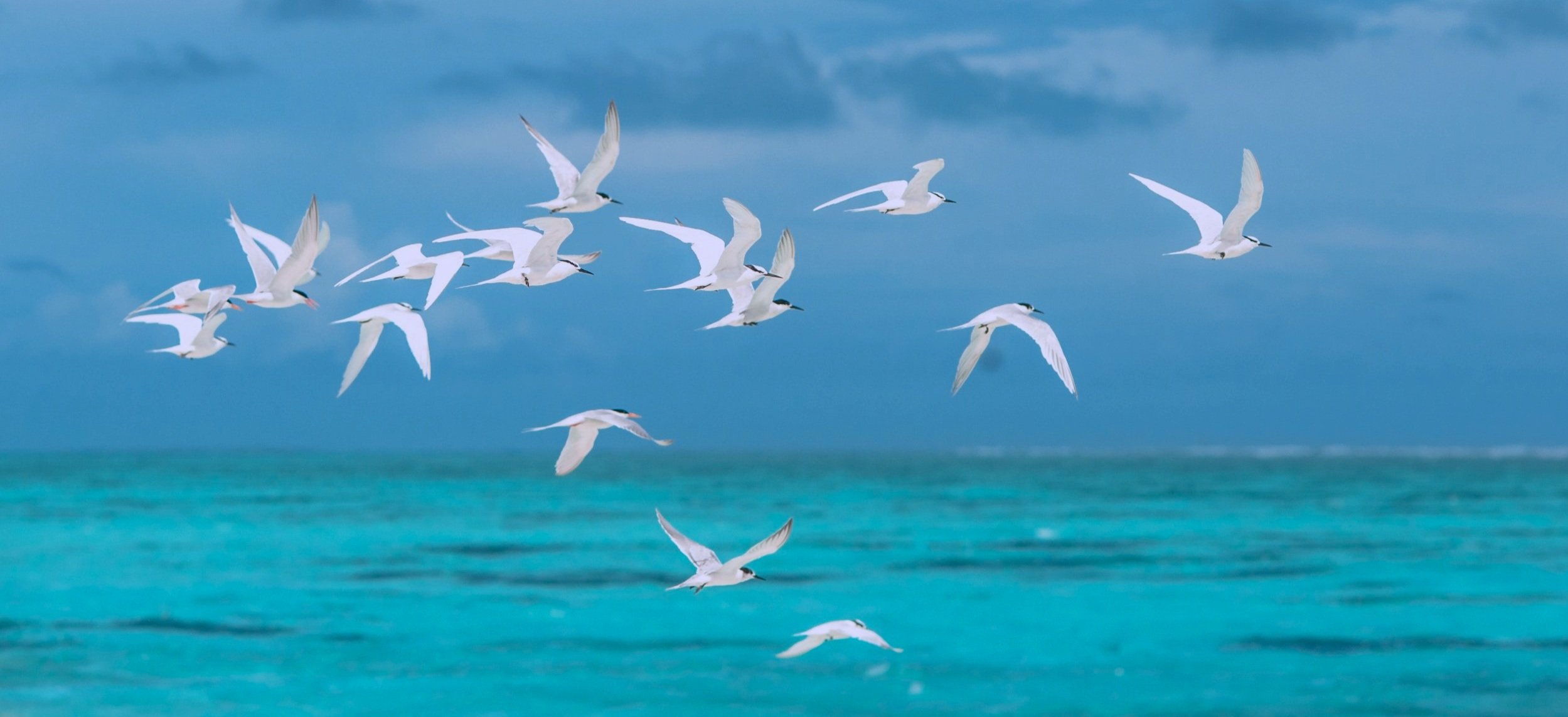
COVID-19 Bird Strike Update #4
For quite a while now, I’ve been tracking the impact of the COVID-19 air traffic downturn on wildlife strike rates. Early warnings highlighted the potential for and early indications were that there was a risk of increased wildlife strike rates while the industry returned to the skies. Since then, a lot more research has been done and presented. I presented my full year 2020 findings at the Australian Aviation Wildlife Hazard Group’s (AAWHG) 2021 Webinar Series last October with the video going online last week.
Check it out here…
Header image: Asad Photo Maldives (via Pexels)
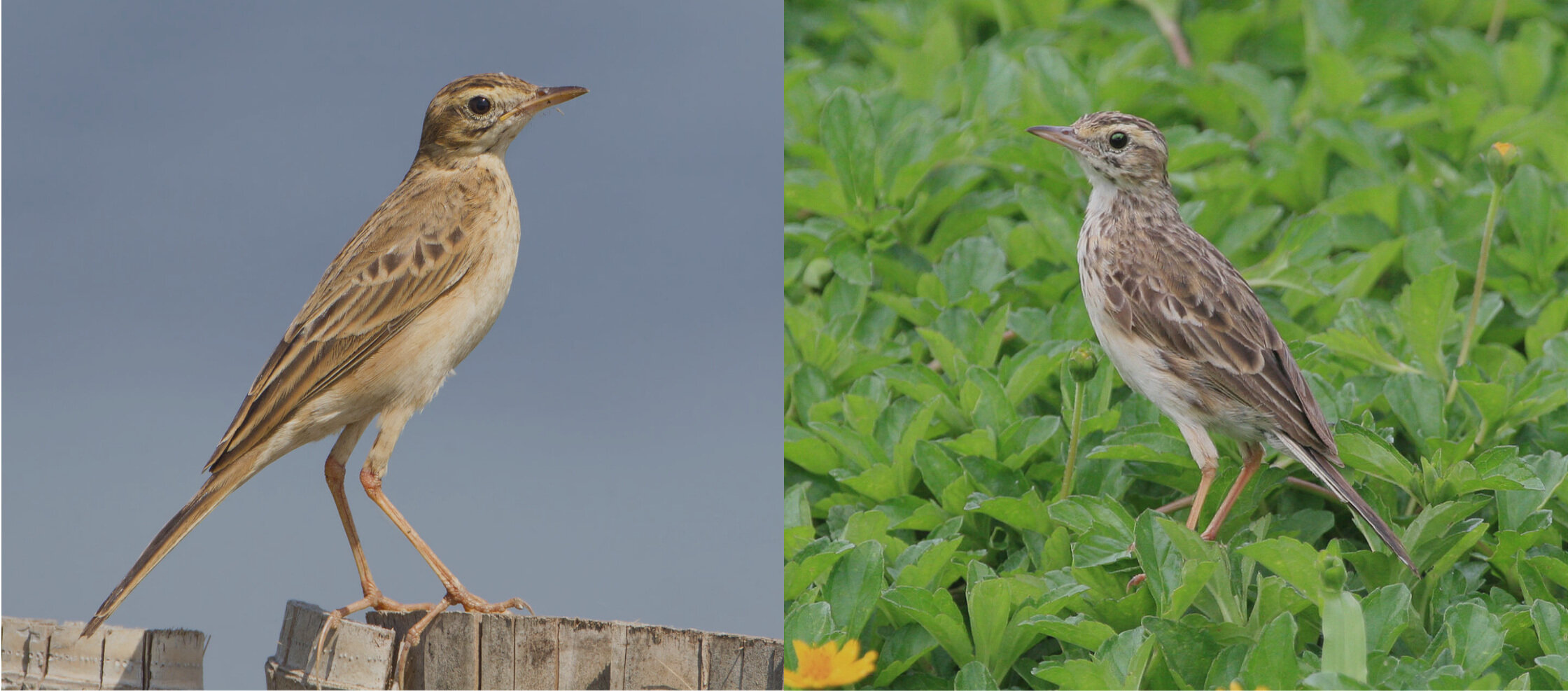
Which Pipit to Report?
I was doing some research using the ATSB’s wildlife strike data file and came across a number of interesting little data artifacts. My goal was to maximise the number of reports with standard species names (common names, not the Latin) and this required a combination of Python programming and manual mapping.
And I found some interesting things, like the Richard’s Pipit.
Image credits: Richard’s Pipit (JJ Harrison via Wikipedia) & Australiasian Pipit (Sommerdrought via Wikipedia)

Heads Up: Watch Out for Wildlife (Updated)
No need to rehash the current situation, aviation is hurting and traffic numbers are going down.
So why post about wildlife strikes? With traffic down, we should see less strikes, shouldn’t we? Maybe not…
Over the last couple of months, I have been doing some deep diving into the FAA’s wildlife strike database. It is an aerodrome safety nerd’s paradise. There is so much data and a little crunching can reveal some very interesting things.
I want to share one of these insights with you in light our current circumstances.
Image credit: (cc) Quintin Gellar on Pexels
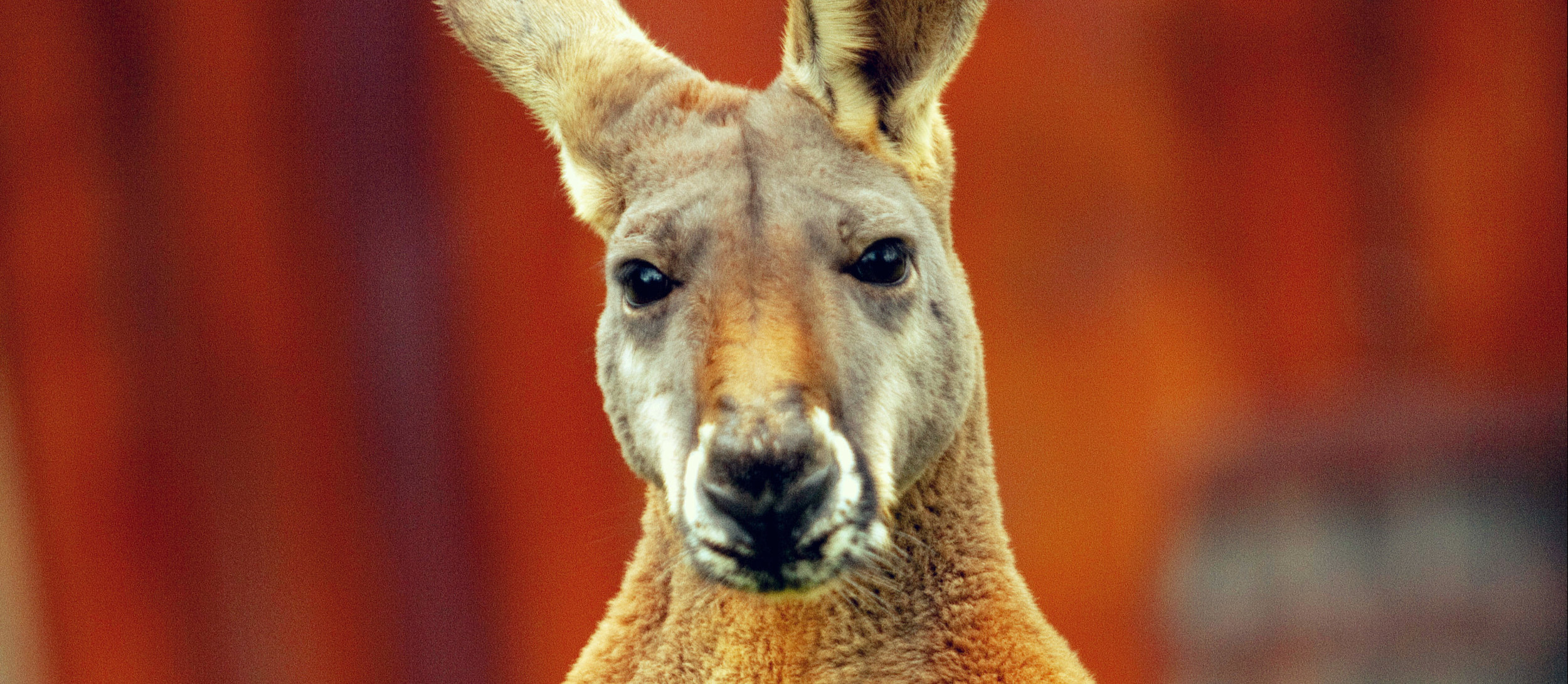
Off the Hook: Kangaroo Collision Case Appeal Allowed
A little over a year ago, I wrote about a court case involving the owner of an aircraft claiming damages from an aerodrome operator after their aircraft collided with a kangaroo on landing. I was pretty proud of that post as I had exercised some newly developed court judgement reading skills. So, of course, the legal system would have to go an turn all that on its head and change its mind. It turns out that the aerodrome operator was not liable for the damage.
Let’s find out why and whether we agree with them…
Image credit: Altered photo by Scott Calleja

Wildlife Risk Management Series
A long time ago I wrote a rather comprehensive series on wildlife hazard management within an ISO 31000 risk management framework. It was the launch series for the New Airport Insider website and quite a bit of work on my part - but I enjoyed it. So, I thought I would repackage it as a quick blog post with links to each article.

The $200K Kangaroo
I’m not a big fan of safety tropes. They are often repeated without much thought and eventually this repetition becomes detached from the concept the trope is trying to convey. With many tropes, there are few non-trivial or non-catastrophic events that can reinforce the trope.
The saying on my mind today is “if you think safety is expensive, try having an accident”. The “accident” I often think about is something big, something catastrophic and something that happens to other people. I rarely uttered this trope because I, personally, didn’t feel the power of it.
Now, thanks to a court case in Australia, I feel the power has been returned to this saying. We know have a non-catastrophic event with quantifiable costs associated with the “safety” part and the “accident” part. Plus, I think nearly every airport safety professional out there can empathise with the operator in the case
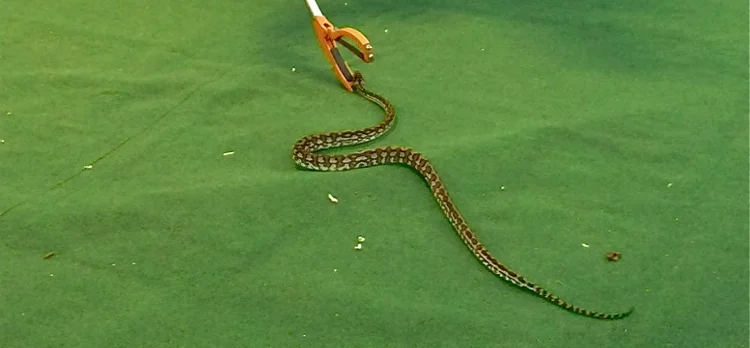
Wildlife Hazard Training with a Difference
Airport wildlife risk management has been a big topic for me over the past 6-12 months. I've posted on the subject a bit here and over on New Airport Insider. But today, I'm going to talk about it in a different context.
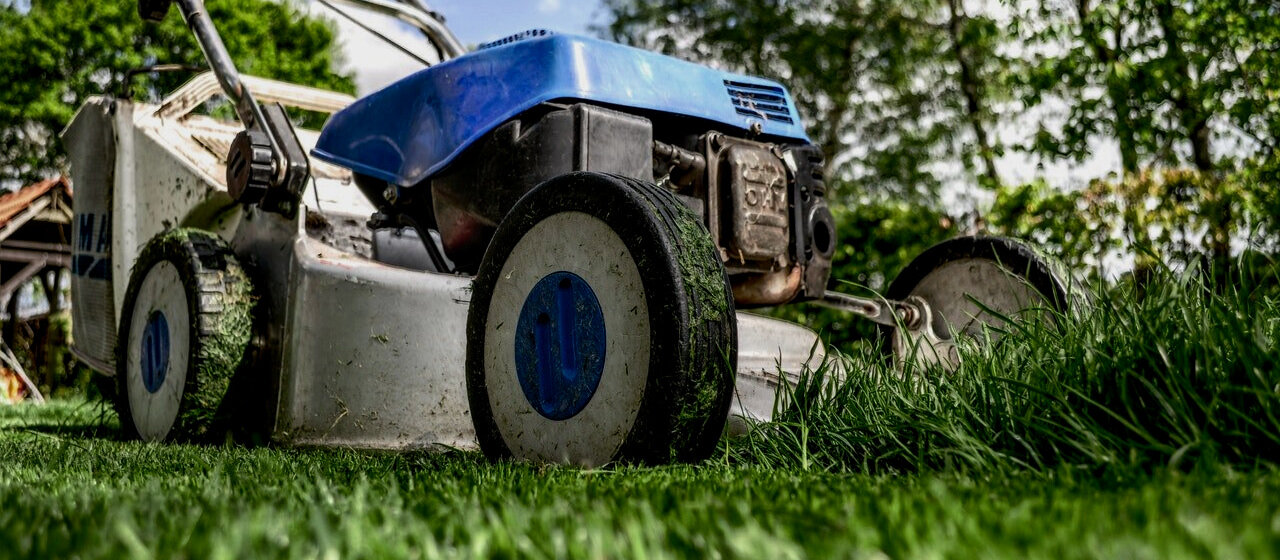
Vegetation & Habitat Control
I've been doing a bit of clearing of land at my airport to make way for a new fence. We've had to expand our borders to accommodate those new instrument approach procedures I mentioned a couple of weeks ago. Given that the airport is in "the bush", this meant knocking over a few trees to construct the new fence and make the new airside area completely manageable using tractors and mowers. So, we broke out the relatively cute D-6 dozer and set about clearing the new airport boundary and land.
Header image: Skitterphoto (via Pexels)
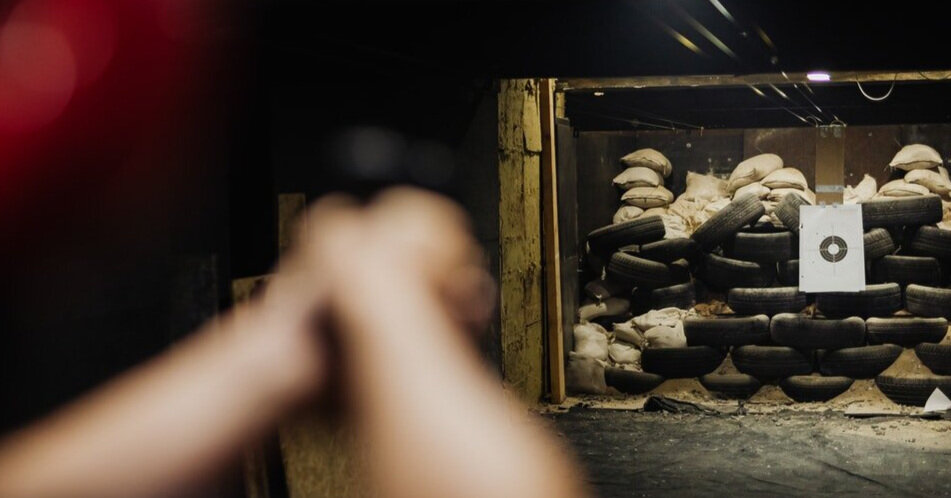
All Training Courses are not to be Considered Equal
This is probably my first real whinge post. But last week, I spent a good 9 hours on a Sunday in a training course that was a huge waste of time. And this was vital training - gun safety.
Header image: Karolina Grabowska (via Pexels)
